A DANCE filled life has gifted Suba Subramaniam many magical moments, from her Bharatanatyam training to creating eye-catching shows and being artistic director of pioneering companies.
This has resulted in her being integral in dynamic productions, which have received great acclaim and expanded the horizons of dance. She continued her creative journey by taking over as artistic director of long-established British dance company Akademi and adds to her impressive list of shows with recently premiered production Plastic Drastic Fantastic. She has choreographed the thought-provoking show aimed at children, which explores our complex relationship with all things plastic.
Eastern Eye caught up with the leading choreographer and educator to discuss the new show, and her close connection to dance.
What first connected you to dance?
I was born and brought up in Malaysia and watching lots of Bharatanatyam performances made me fall in love with dance, although my first love was disco.
Which of your dance works has been closest to your heart?
Unkindest Cut, a work set in two shipping containers based on issues young people face with mental health. It was an installation with dance, spoken word, film, sound and light sticks. It toured science festivals in the UK and was made in collaboration with a child and adolescent psychiatrist.
How has it been taking over as the artistic director of Akademi?
A bit of a rollercoaster to start with, as 10 weeks after I started the job, the country went into a lockdown. However, I am doing a job I love at a time that is really important to the sector. I’m thoroughly enjoying working with all our wonderful dance artists and want to make sure south Asian dance is at the centre of mainstream dance, and no longer in the periphery.
What was it that led to the Plastic Drastic Fantastic production?
I initially conceived Plastic Drastic Fantastic project as a Polka Creative Lab artist. The initial research and development took place as part of The Place’s Choreodrome. I have worked with arts and climate change projects for nearly two decades, alongside my career as a dance artist and science teacher. All my experience has led to this project; plastic is an urgent, relevant subject capturing the imagination of young people in terms of activism.
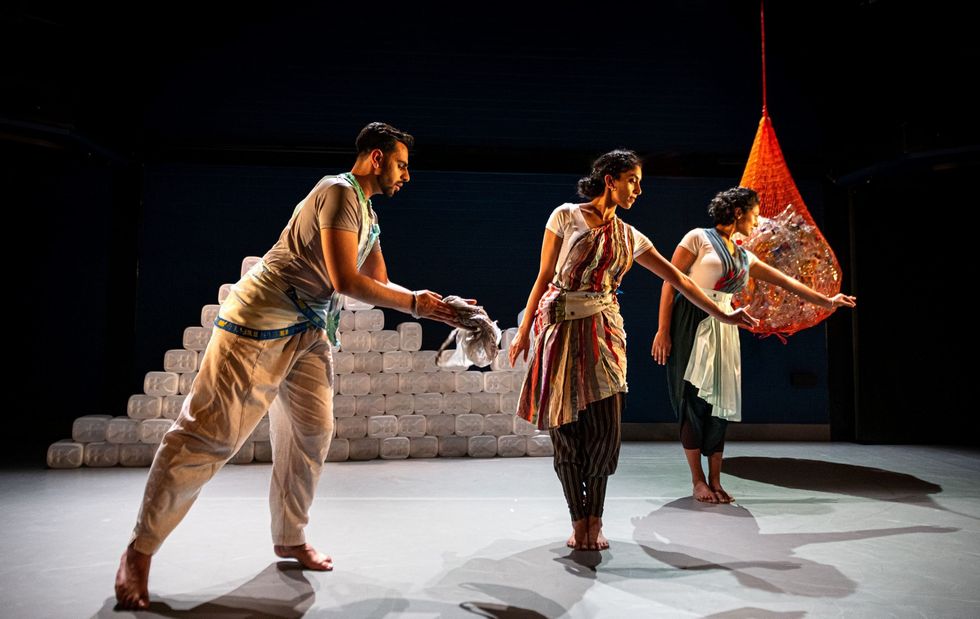
Tell us about the show?
The dance show explores our complex relationship, from the molecular to the planetary with all things plastic. Using south Asian dance, intricate movements and play, Plastic Drastic Fantastic draws on stories and ideas from young people to disentangle the fantastic possibilities plastics offer us with the drastic consequences of their misuse. Plastic Drastic Fantastic is a vibrant, fun, and thought-provoking show.
Does your approach as a choreographer change for a dance show that is aimed at younger audiences?
Absolutely! It is about putting ourselves in the minds of a seven-year-old. What we make has to feel relevant to them. Their voices, thoughts and opinions are integral to the work. We are excited to bring south Asian dance to younger audiences and give them a creative experience that explores plastics. We feel it is important for young people to experience high quality work that can instil curiosity. The challenge for us is to do this through south Asian dance, which a lot of young audiences may not be familiar with. However, we think it is important not to underestimate children’s imagination. It encourages us grown-ups to think more creatively and imaginatively about how to engage with young audiences.
What is the key message of this show?
Plastics are in all our lives. Plastics are versatile and useful. Let’s not pollute the world with our plastics. Conserve and reuse!
Do you have a favourite moment in the show?
When the dancers are nurdles – the tiny plastic pellets used by the plastics industry and are melted down and moulded into various shapes. I love the way the movement, lighting and music all sing together.
Do you think dance can make a difference in important issues?
Dance has the capacity to move us, make us think and instil a curiosity. With our bodies, we can tell stories, and especially south Asian dance forms. We are trained to tell stories with our bodies. Dance can also be abstract, which gives us the freedom to interpret.
What else can we expect from Akademi?
We’re committed to create work driven by societal issues that are relevant and resonant to now. Our next piece will be an outdoor work based on climate migration and created with the aim to be as fully sustainable as possible.
What are your hopes for south Asian dance in the UK?
That south Asian dance continues to thrive and is at the centre of British cultural life. Our sector is full of amazing dancers that we want everyone to have the chance to see.
What advice would you give aspiring dancers?
Please keep dancing. The sector needs you. We are working hard at Akademi to try and make sure we can engineer career paths and opportunities for as many dance artists as possible.
Why should we watch your show Plastic Drastic Fantastic?
Plastics can be fun! The show has been choreographed to be highly visual with three stunning dancers, drawing on familiar imagery of plastics in use from the domestic to the oceanic. The soundscape and magical set will draw from the science of plastics’ beautiful molecular structures. The production draws on stories and ideas from children and young people. It is designed to have children at the centre of the creative process. It is our passion through arts and science to engage and empower young people to believe that their voices and opinions are valued.
Why do you love dance so much?
Dance can bring so much joy. It allows us to express ourselves. It is good for both our physical and mental well-being. It is fun! I feel dance can be for everyone.
Plastic Drastic Fantastic is being staged at Polka Theatre in London until May 8. www.akademi.co.uk and www.polkatheatre.com






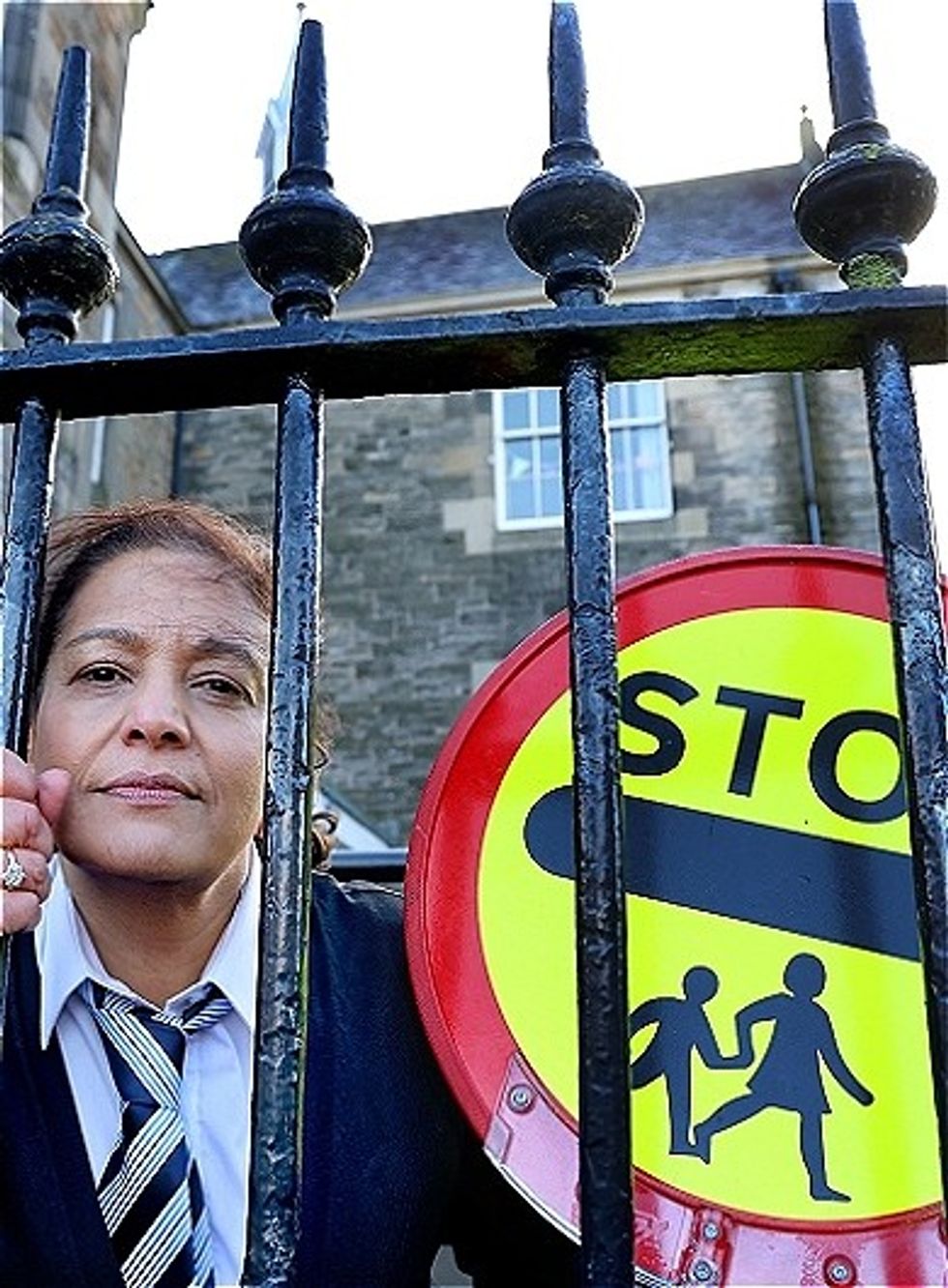 Lunchbox is a powerful one-woman show that tackles themes of identity, race, bullying and belongingInstagram/ lubnakerr
Lunchbox is a powerful one-woman show that tackles themes of identity, race, bullying and belongingInstagram/ lubnakerr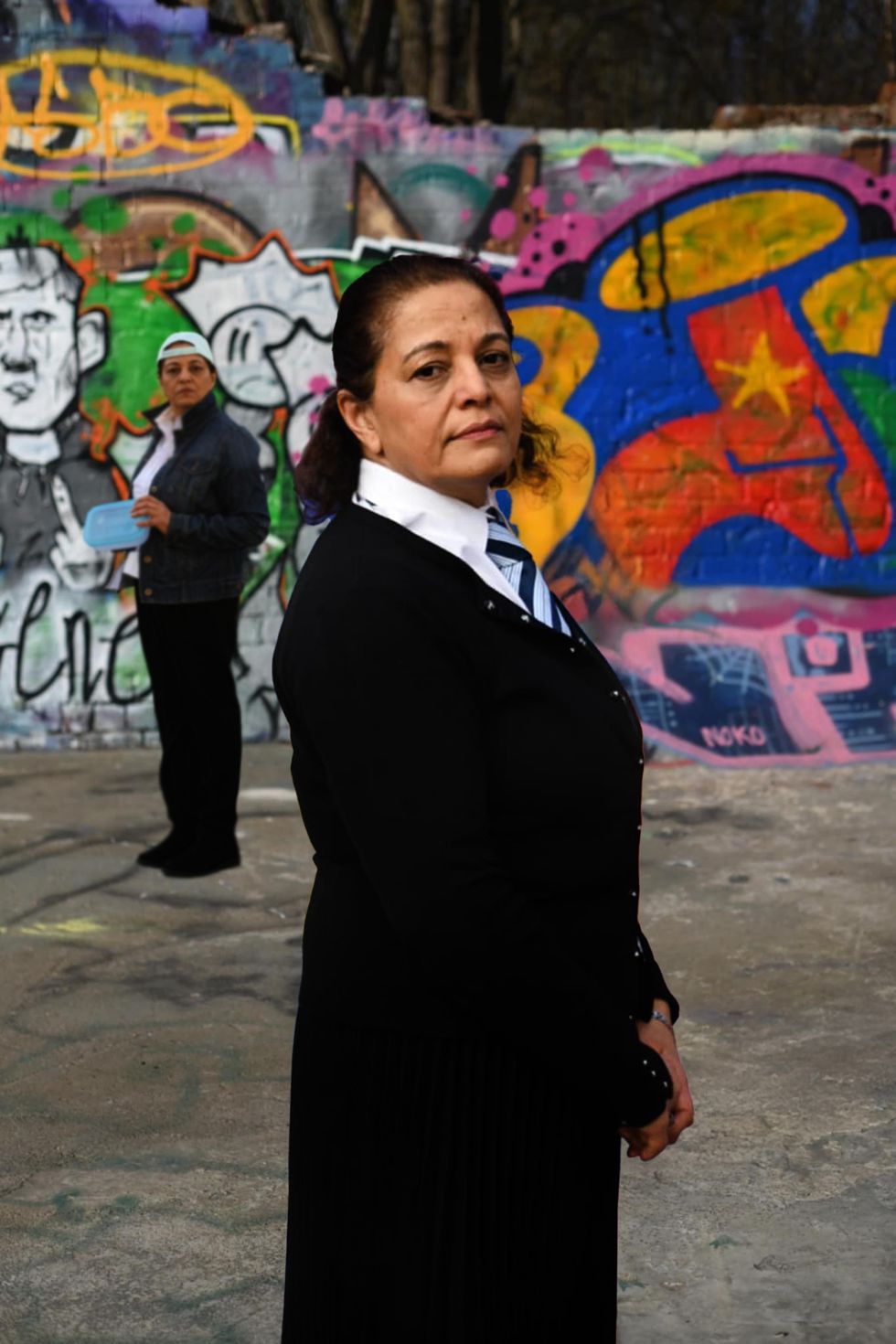 She says, ''do not assume you know what is going on in people’s lives behind closed doors''Instagram/ lubnakerr
She says, ''do not assume you know what is going on in people’s lives behind closed doors''Instagram/ lubnakerr








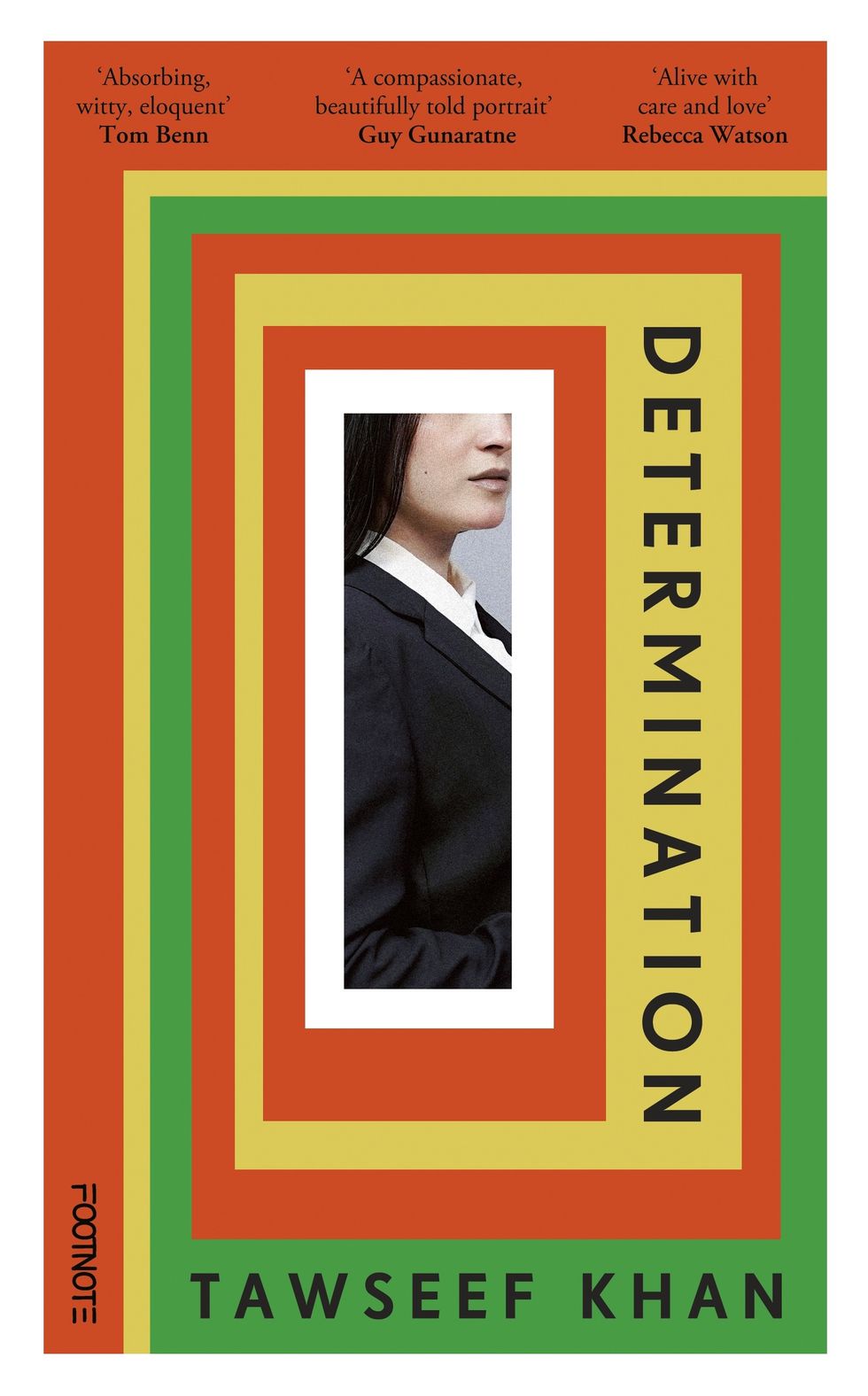 He says "immigrants are the lifeblood of this country"Instagram/ itsmetawseef
He says "immigrants are the lifeblood of this country"Instagram/ itsmetawseef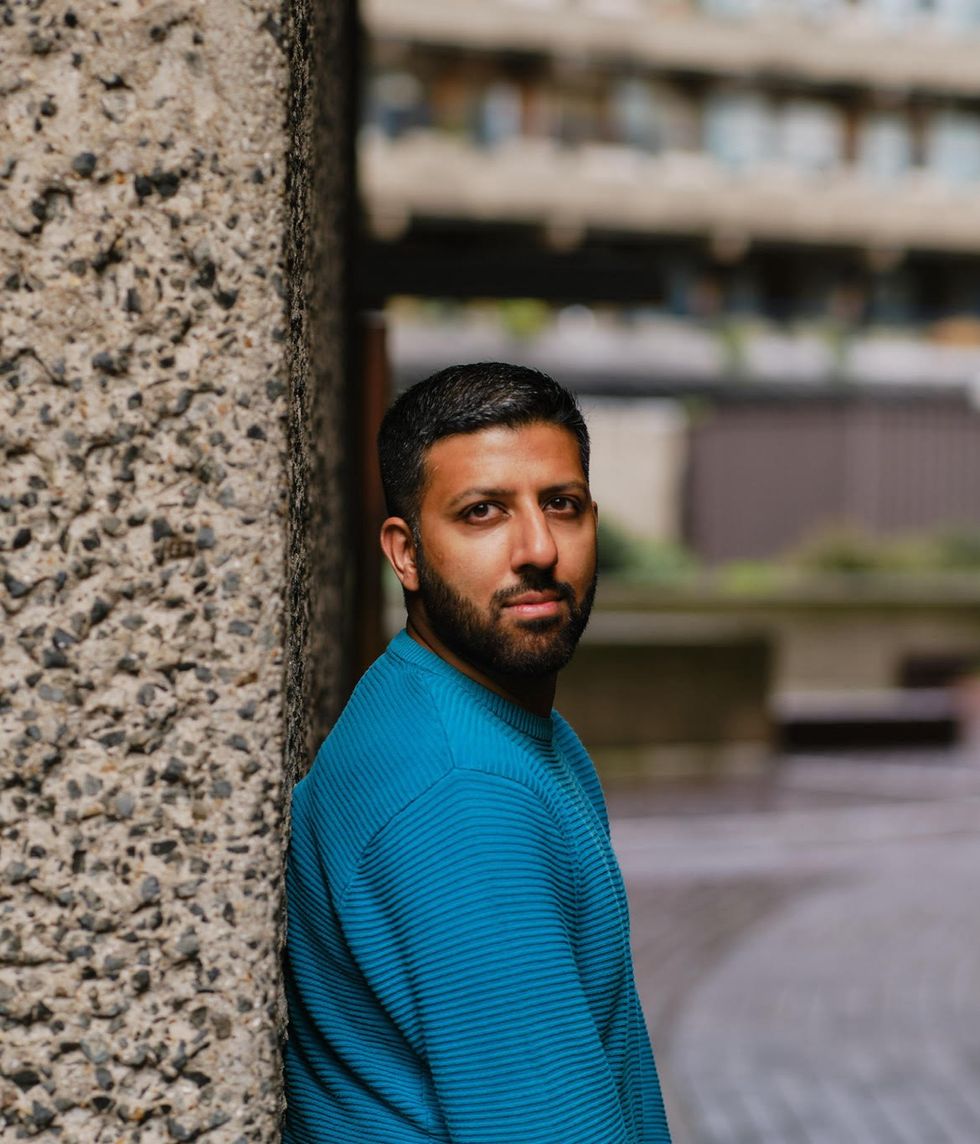 This book is, in a way, a love letter to how they raised meInstagram/ itsmetawseef
This book is, in a way, a love letter to how they raised meInstagram/ itsmetawseef
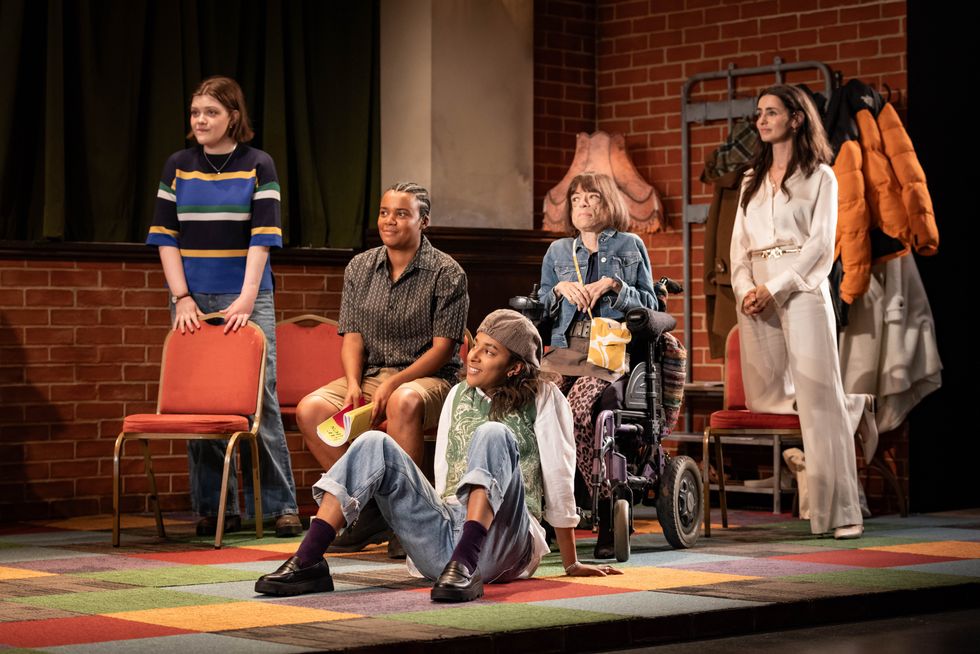 The crew of The Ministry of Lesbian Affairs
The crew of The Ministry of Lesbian Affairs
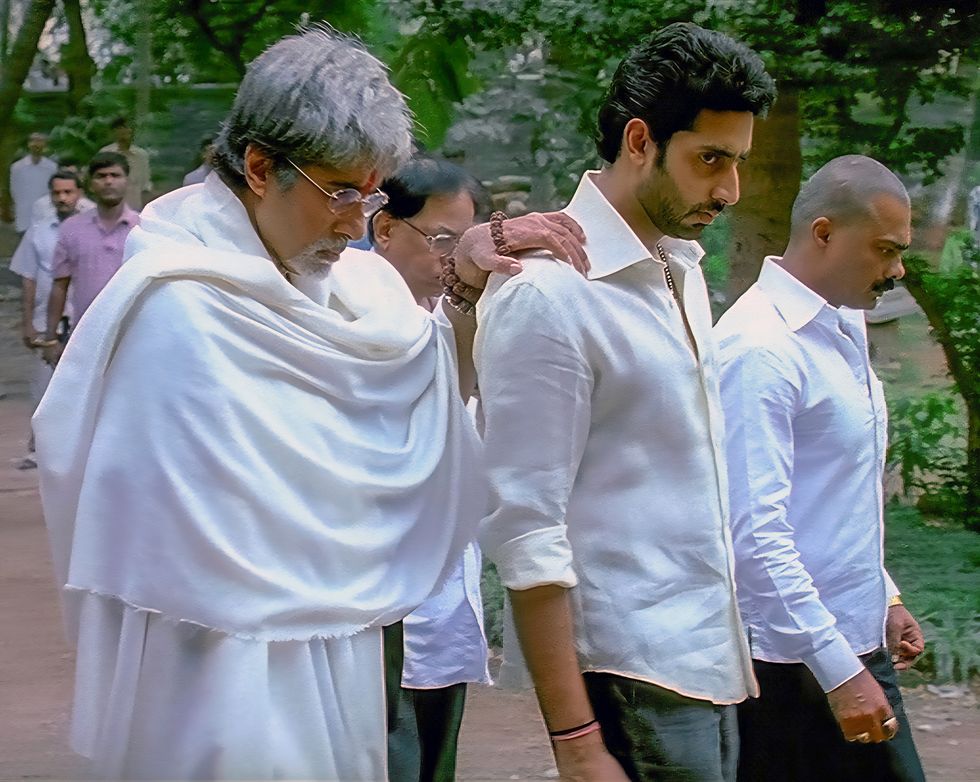 A still from Sarkar, inspired by 'The Godfather' and rooted in Indian politicsIndia Glitz
A still from Sarkar, inspired by 'The Godfather' and rooted in Indian politicsIndia Glitz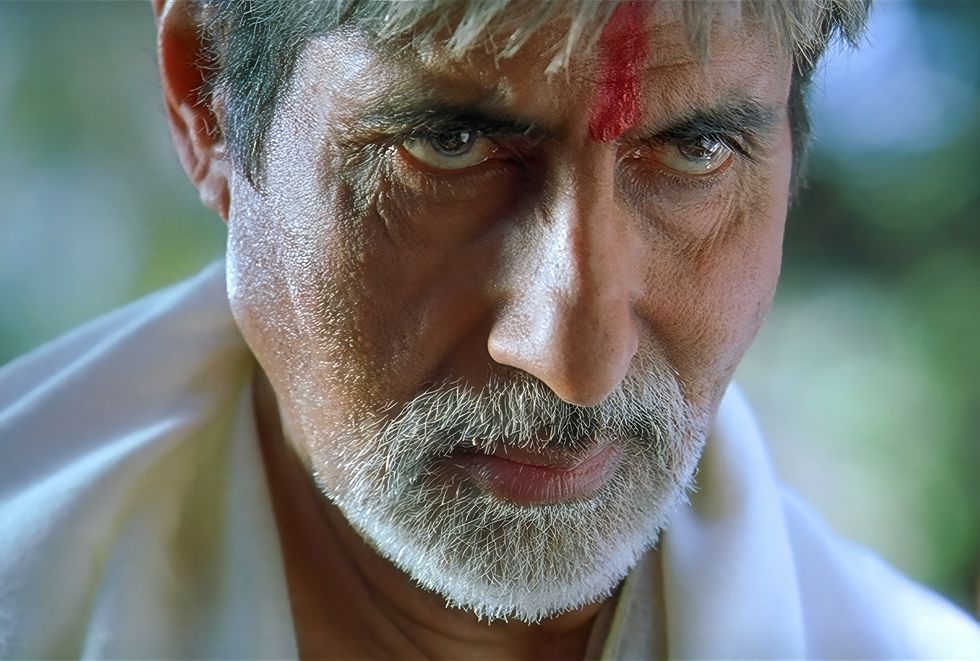 Sarkar became a landmark gangster film in Indian cinemaIndia Glitz
Sarkar became a landmark gangster film in Indian cinemaIndia Glitz The film introduced a uniquely Indian take on the mafia genreRotten Tomatoes
The film introduced a uniquely Indian take on the mafia genreRotten Tomatoes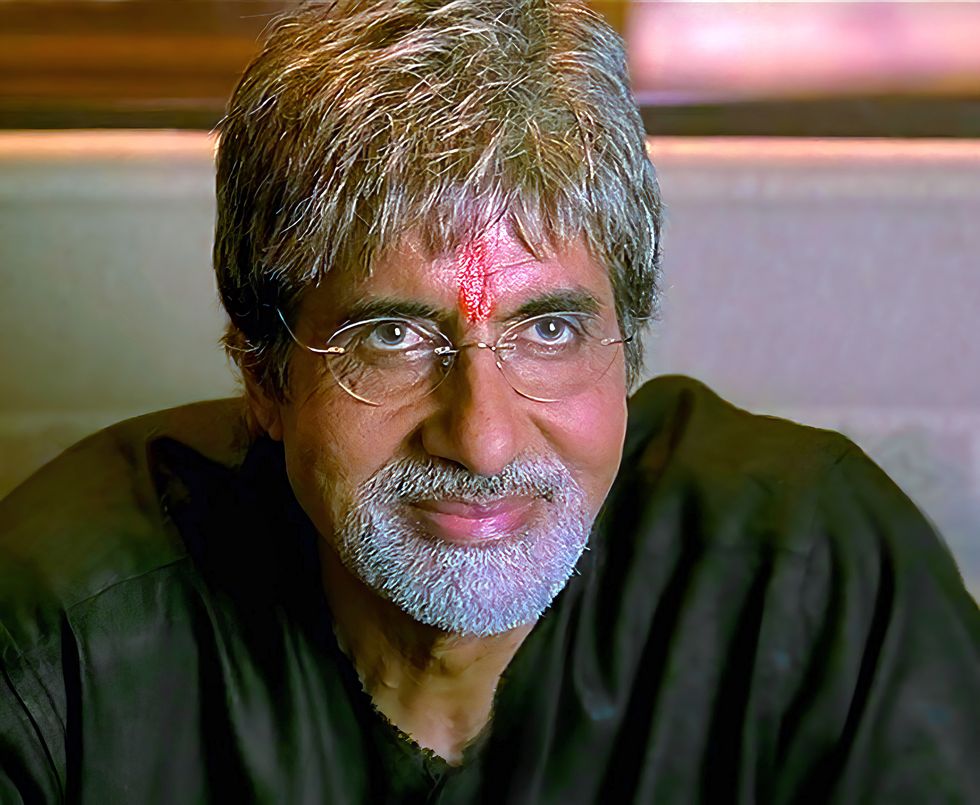 Set in Mumbai, Sarkar portrayed the dark world of parallel justiceRotten Tomatoes
Set in Mumbai, Sarkar portrayed the dark world of parallel justiceRotten Tomatoes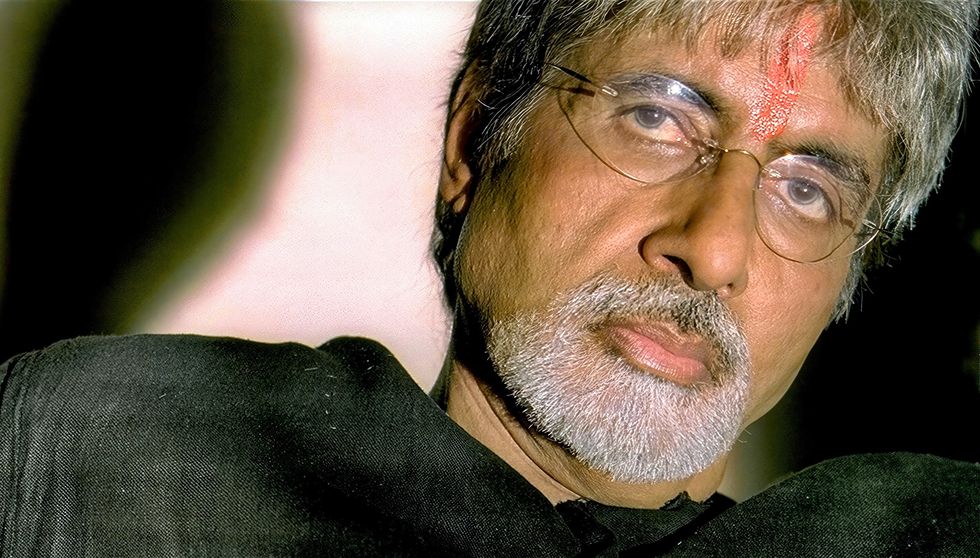 Ram Gopal Varma’s Sarkar marked 20 years of influence and acclaimIMDb
Ram Gopal Varma’s Sarkar marked 20 years of influence and acclaimIMDb
 The statues were the product of a transatlantic effortGetty Iamges
The statues were the product of a transatlantic effortGetty Iamges